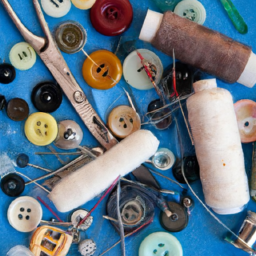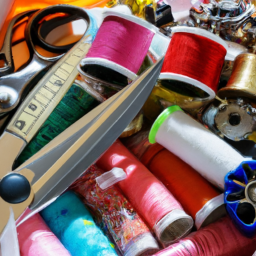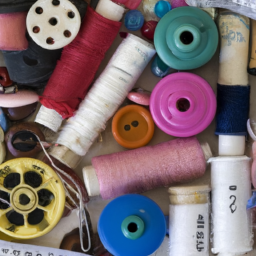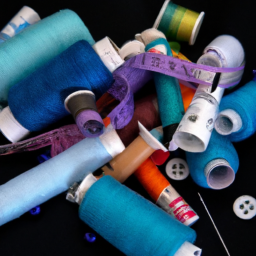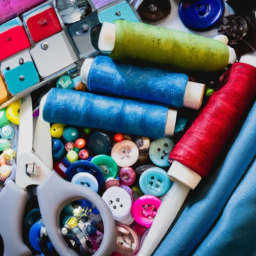
A thread sewing machine is an essential tool utilized in the textile industry, hobbyist sewing, and various other applications. It allows for the creation of strong and reliable stitches, joining pieces of fabric together seamlessly. Understanding how a thread sewing machine works is key to harnessing its full potential and achieving desirable results.

Components of a Thread Sewing Machine
Thread sewing machines consist of several important components that work together to produce consistent and durable stitches. These components include:
- Needle: The needle is a thin, pointed tool responsible for puncturing the fabric and creating the stitching pattern.
- Bobbin: The bobbin holds the lower thread and sits below the needle plate. It rotates as the upper thread loops around it, forming the underside of the stitch.
- Feed Dogs: These metal teeth, located beneath the needle plate, move the fabric along during stitching, ensuring an even feed.
- Tension Discs: The tension discs regulate the tightness of the upper thread, allowing for controlled and balanced stitches.
- Stitch Regulator: This component dictates the length and width of the stitch, determining the final appearance of the sewn fabric.
The Sewing Process
Understanding the step-by-step process of sewing with a thread sewing machine is crucial:
- Thread the upper thread through the machine’s needle, following the specific instructions provided by the manufacturer.
- Load the bobbin with the desired thread and place it properly in the bobbin case or shuttle.
- Prepare the fabric by aligning the edges and securing them with pins or clips.
- Select the desired stitch pattern and adjust the stitch length and width according to your requirements.
- Position the fabric under the presser foot and lower it. Engage or depress the foot pedal to start stitching.
- Guide the fabric gently but firmly, ensuring the fabric feeds evenly through the machine. Pay attention to seam allowances and any necessary pivoting or reversing.
- Continue stitching until you achieve the desired length or complete the project, making sure to keep the fabric taut but not overly stretched.
- Finally, cut the threads and lift the presser foot to remove the fabric from the machine.
Tips for Optimal Results
To improve your thread sewing machine experience, consider the following tips:
- Choose the right needle and thread combination for your fabric type and thickness.
- Regularly clean and oil your machine to ensure it operates smoothly.
- Experiment with different tension settings to achieve the optimal stitch tightness.
- Practice on scrap fabric before working on your final project to familiarize yourself with the machine’s settings.
- Take breaks during extended sewing sessions to prevent strain or fatigue.
By mastering the operation of a thread sewing machine and implementing these suggestions, you’ll maximize your sewing efficiency and create high-quality garments, quilts, and other fabric projects.
